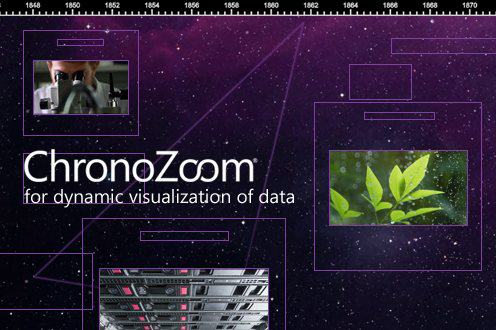 Design in Public hosted the 4th Annual Seattle Design Festival (Sept. 5 to 19, 2014). The festival is the largest design-related event in the Pacific Northwest, bringing together an estimated 10,000 attendees to explore all the diverse and meaningful ways that design makes life better. Citizens, city leaders and experts came together through workshops, tours, talks, films and gatherings to exchange ideas around this year’s theme, Design in Motion…exploring the ways design moves us…”from place to place, frame to frame, present to future”, and to see design as a vehicle of innovation.
Design in Public hosted the 4th Annual Seattle Design Festival (Sept. 5 to 19, 2014). The festival is the largest design-related event in the Pacific Northwest, bringing together an estimated 10,000 attendees to explore all the diverse and meaningful ways that design makes life better. Citizens, city leaders and experts came together through workshops, tours, talks, films and gatherings to exchange ideas around this year’s theme, Design in Motion…exploring the ways design moves us…”from place to place, frame to frame, present to future”, and to see design as a vehicle of innovation.
Given this theme, the conference provided an ideal opportunity for my students to engage as presenters. We have been studying the century-long history of Motion Graphic Design, tracing the converging influences of avant garde film, graphic design, animation, and media technology innovation. We used ChronoZoom as our dynamic, open source platform to house and share our evolving History of Motion Graphic Design timeline. Each student choose a design history topic to research and created their own sub-timelines to share their independent research. I asked 3 of my Cornish ChronoZoomers, Mekala Nava, Will Kingstone and Petra Michael, if they would present their historical research at the SDF conference. They were thrilled by this invitation, and we spend part of the summer and early Fall preparing their presentations.
Our session was titled, “Cornish Students Visualize the History of Motion Design at SDF”. It was part of a block of presentations given by my Cornish designer/educator colleagues, Julie Myers (Designing for Flight and Digital Objects in Motion), Tiffany Laine De Mott (Frames in Motion), Dan Shafer (Freeboards: Analog Interaction and Public Messaging), that was held at the Seattle Public Library.
Mekala Nava shared her Early History of 2D Animation, William Kingstone presented The Evolution of Styles in Sci-Fi Television and Petra Michael shared the History of Western Fantasy Role Playing Games via their interactive ChronoZoom timelines. Over the course of the summer and first few weeks of school, these 3 students refined their research and prepared their interactive presentations. By the time they presented to this design conference community, they had transformed themselves from students to scholars, with truly engaging research and innovative presentation methods.
SO proud of these designers!











